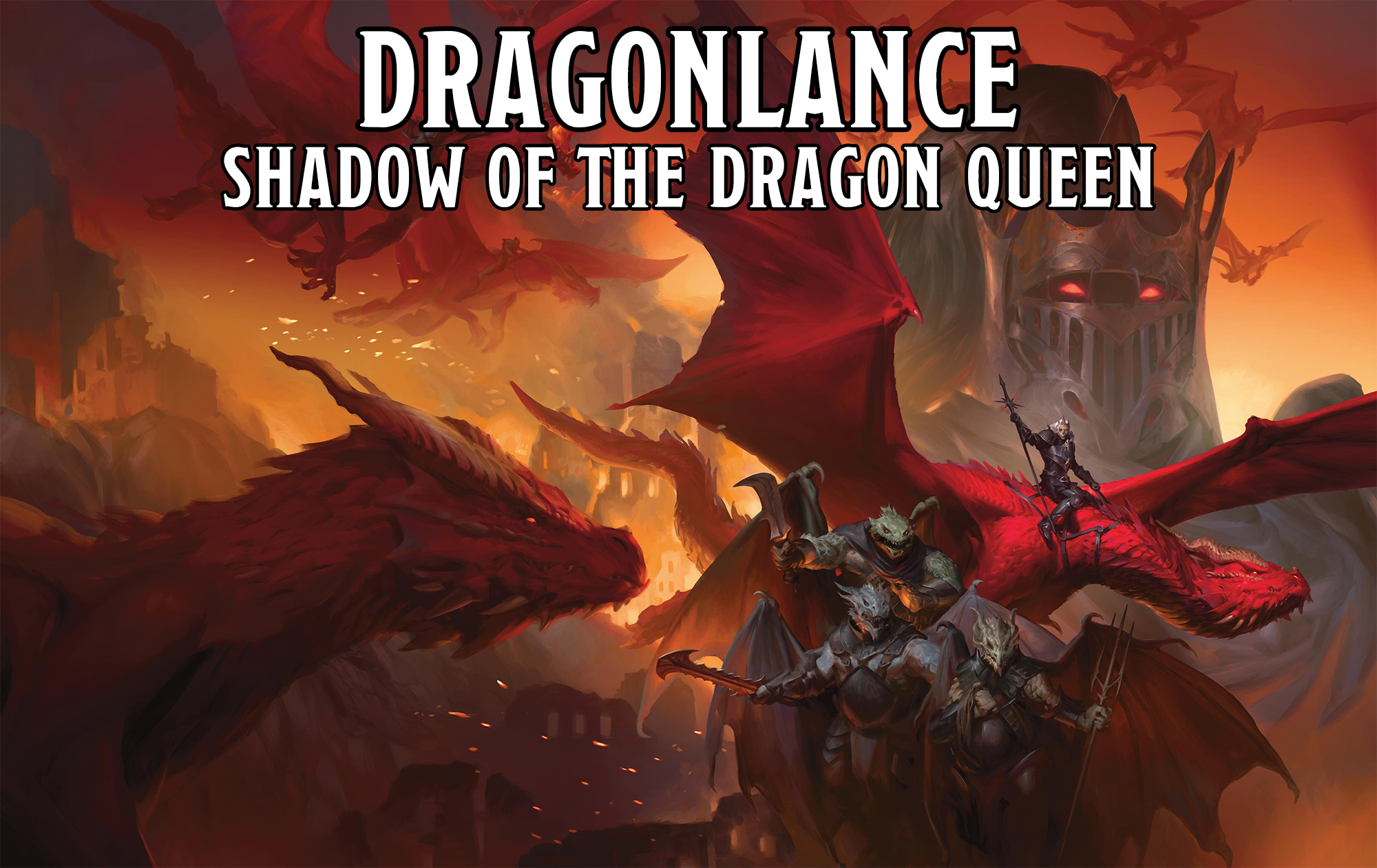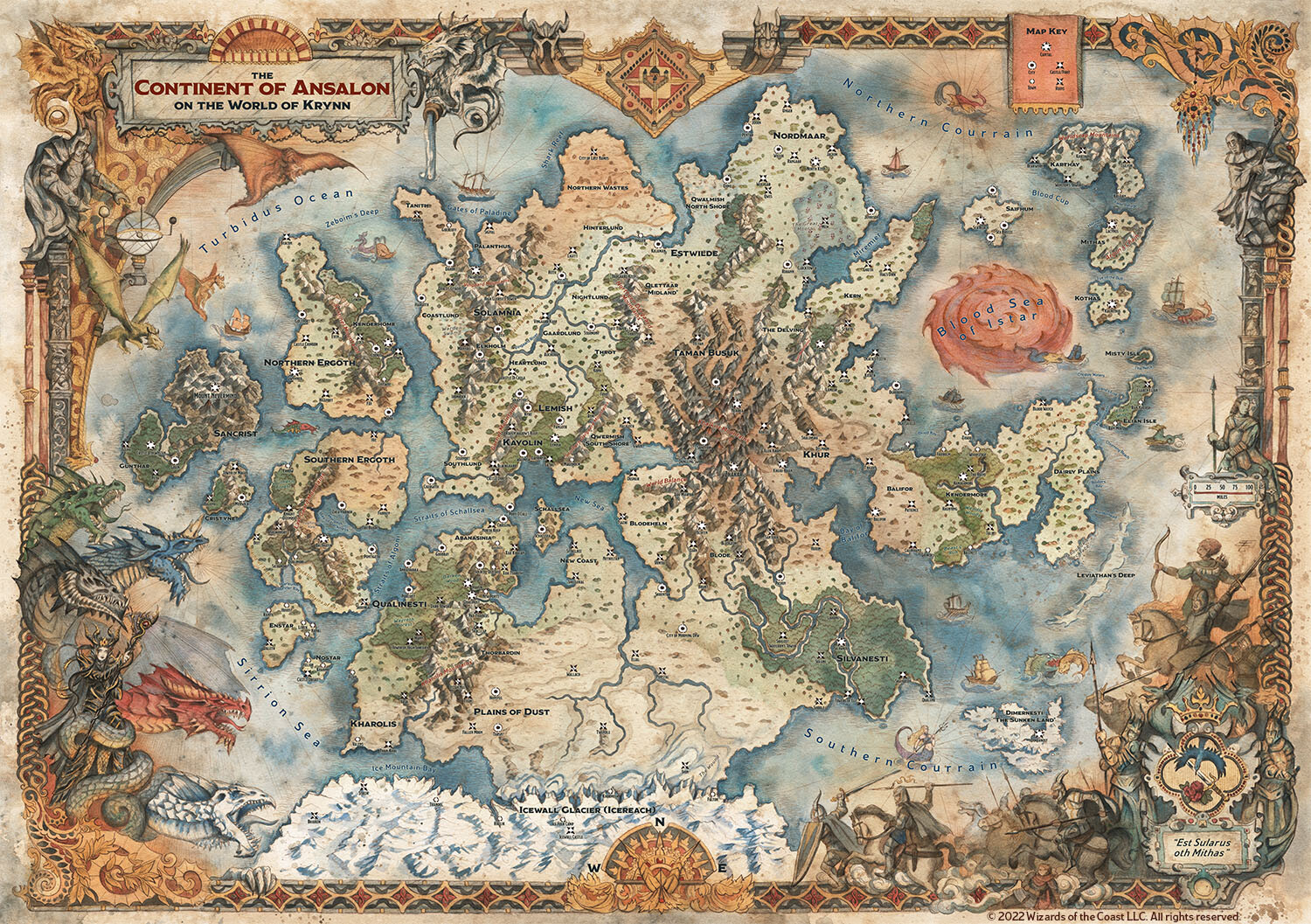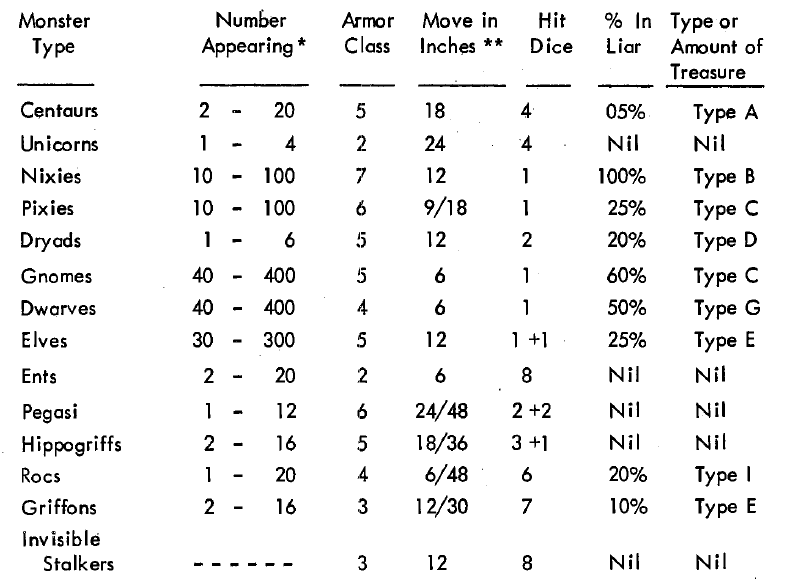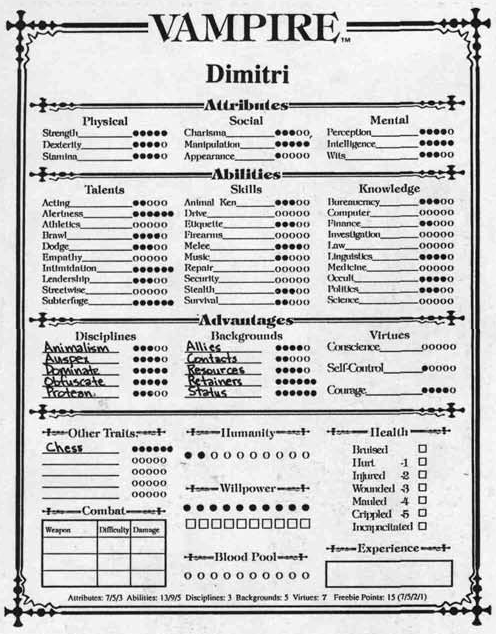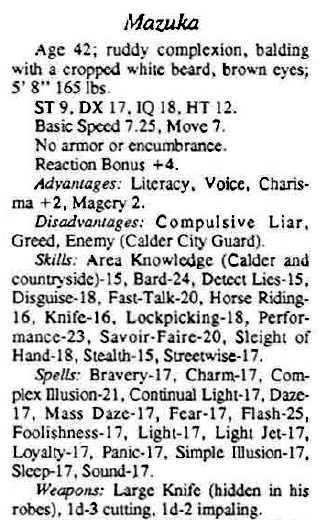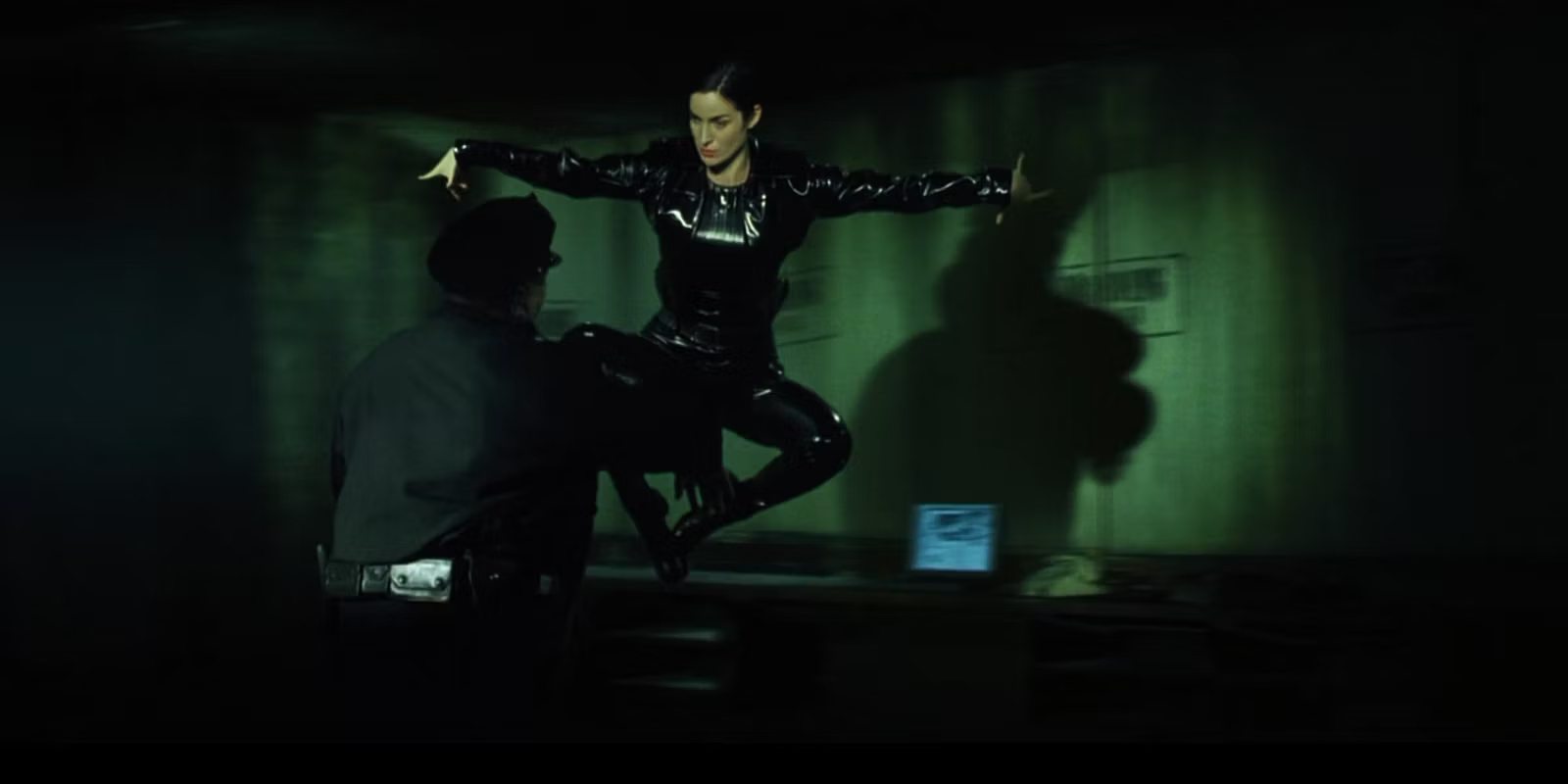Meh.
When Dragonlance: Shadow of the Dragon Queen was announced, I was really excited about it. So excited, in fact, that I ended up spending most of the summer and beyond doing a deep dive into the Dragonlance Saga. I was excited about the campaign returning to the War of the Lance, the time period of the original Saga (and accompanying Chronicles trilogy). I was excited about Stephen Baker (designer of great mainstream wargames) and Rob Daviau (father of the legacy board game genre) joining forces to design Warriors of Krynn, a companion wargame that was designed to be played in conjunction with the campaign.
What an amazing opportunity to reinvent the bond between wargaming and roleplaying that has been part of D&D’s legacy from the very beginning! And, more than that, an opportunity to triumphantly realize the unfulfilled promises of the original Saga!
Plus it was coming out within mere days of my birthday! What a fun little birthday treat! I didn’t hesitate at all in preordering the Deluxe Edition that bundled the D&D campaign and board game together into one package.
So when the book showed up at the beginning of December I didn’t hesitate for a moment in ripping open the box— (Literally. The Deluxe Edition box is incredibly fragile and basically impossible to open without destroying it. Bizarrely, it’s apparently deliberately designed to be disposable.) —and flipping open the book.
Of course, I was still excited! Just completely engaged with the book. There’s some nifty little player handouts in the first chapter that are designed as missives from various NPCs to the PCs as an introduction to the setting, and I recorded some dramatic readings of those, thinking they’d be cool to send to my players as little teasers.
But then I found myself reading the book less and less. At first I thought it was just the holidays keeping me distracted, but by the end of the month it was clear that Shadow of the Dragon Queen had become a slog for me. It was frustrating and, even worse, it was boring.
And then the OGL crisis hit, with Wizards of the Coast flipping off the entire hobby and promising to detonate a devastating nuclear bomb in the middle of the industry. As I dealt with the professional and personal fallout from that, I wasn’t really in the mood to read any D&D books (and it wouldn’t really have been fair to the book), so I laid it aside. Fortunately, the OGL crisis eventually resolved itself in perhaps the best way anyone could have reasonable hoped for, and so, in February, I eventually picked up Shadow of the Dragon Queen again.
… and it was a still a miserable slog.
To a large extent, the simple fact that I have only just now, at the end of April, managed to drag my carcass to the final page of the book, is a pretty accurate summary of my entire review.
IS THIS BOOK FOR YOU?
The original Dragonlance adventures, published in the 1980’s, sought to bring the power of a true fantasy epic to Dungeons & Dragons. It plunged the players into the world-spanning epic of the War of the Lance, in which the evil draconians of Takhisis, the Dragon Queen, formed the Dragon Armies and invaded the realms of Ansalon, positioning the PCs to change the course of history.
Shadow of the Dragon Queen is set during the earliest days of the war, ostensibly serving as a prequel or sidequel of sorts to the Dragonlance Saga. Part of the appeal of a ‘quel narrative like this, of course, is seeing how the continuity meshes with the existing work. When done well, as in the early issues of Kurt Busiek’s Untold Tales of Spider-Man or Tom Stoppard’s Rosencrantz & Guildenstern Are Dead, you get an exciting bit of frisson whenever you see a character walk off stage left, knowing that they are simultaneously walking on stage right in a different story. Like a great heist movie, there is a kind of puzzle-solving delight in seeing the pieces come together, plus a real opportunity for depth and meaning that resonates beyond the immediate boundaries of what you’re creating.
The problem, though, is that Shadow of the Dragon Queen cares so little for the established continuity of Dragonlance or the War of the Lance that it’s a complete turn-off for any Dragonlance fans who would be interested in that sort of thing.
For example, the fact that several hundred years ago the True Gods abandoned the world of Ansalon during the Cataclysm and have not been heard from since is a really big deal. It’s a central tenet of the Dragonlance setting, a crucial element of the War of the Lance, and something which, in my opinion, is part of what makes the original Dragonlance Saga something special and unique in the annals of D&D. The quest to find the True Gods and restore the divine magic of clerics is, in fact, a really big part of the Saga.
So when it became clear to me that Shadow of the Dragon Queen was set in a time period before the True Gods returned to Ansalon, I was really curious: How were the designers going to deal with the fact that clerics canonically (pun intended) don’t have their spells?
And the designers’ provided a truly epic answer:
“Eh… fuck it.”
The book provides a short dream sequence. If a player creates a cleric, the DM basically says, “A god appears to you in your sleep! So I guess all that stuff that happens over in the Saga was completely pointless! Woo-hoo!”
The fact that the designers really couldn’t give a fig about this is really underlined by the fact that the FIRST TRUE CLERIC TO BE SEEN IN CENTURIES is just… kind of irrelevant? There’s one oblique reference to an NPC being impressed if the PCs have healing magic and that’s it.
Okay, so existing Dragonlance fans aren’t the target audience here. None of that continuity crap matters because this campaign is being written for new fans! Shadow of the Dragon Queen is their introduction to the wonderful world of Dragonlance, and it’s fine if stuff doesn’t match up perfectly up with the old stuff.
… except Shadow of the Dragon Queen kinda sucks as an introduction to Dragonlance.
The setting “gazetteer” (if you’re willing to call it that) is just fifteen pages long, and six of those are dedicated to short descriptions of every god. There’s an absolutely stunning poster map of Ansalon by Francesca Baerald, but most of the locations listed on it are not given even the briefest of descriptions.
From a player’s perspective it’s probably a slightly better experience, but I honestly don’t know how any DM would be expected to run the setting with confidence based on the information (or, more accurately, the lack of information) given here.
So if the book shows a careless disregard for the old fans and is completely inadequate for the new fans… who is it for, exactly?

